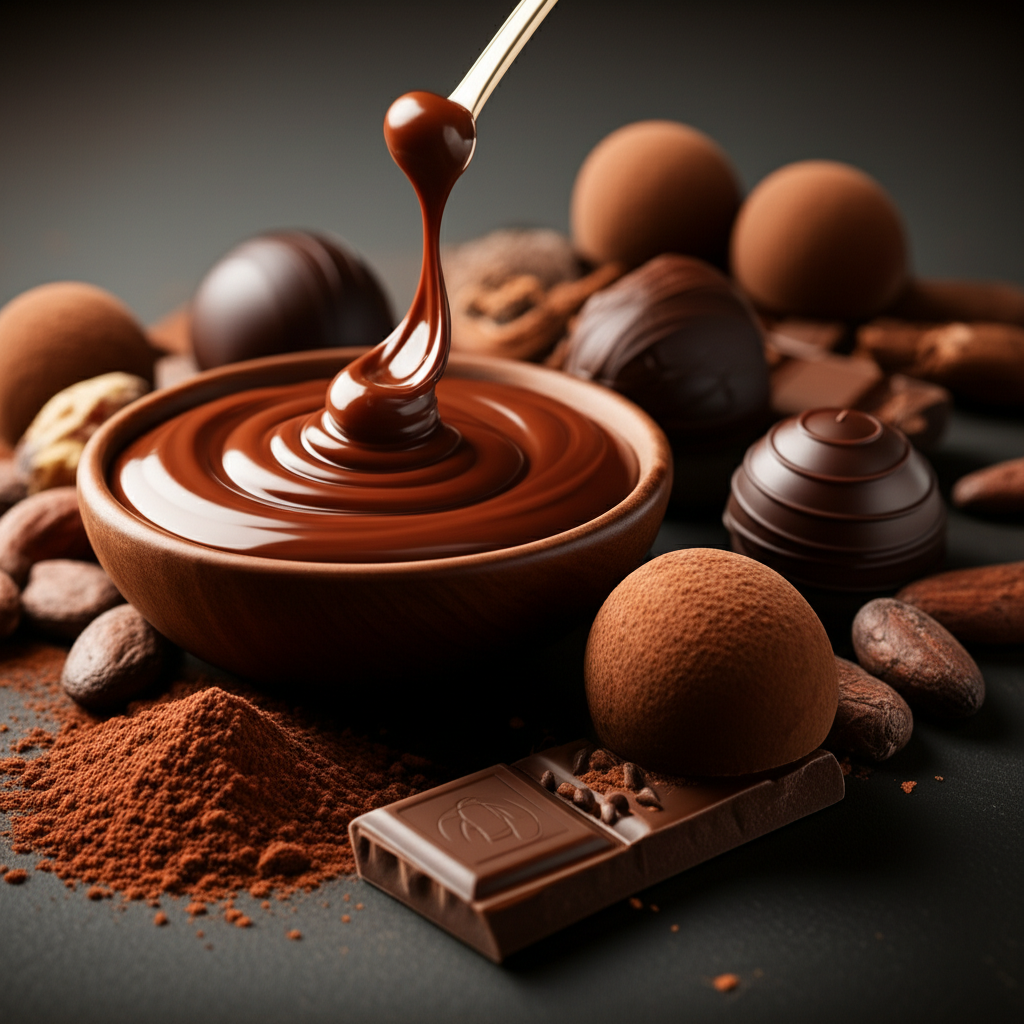The Delightful World of Chocolate
Chocolate, a word that evokes joy and indulgence, has fascinated humanity for centuries. From ancient Mesoamerican civilizations to modern gourmet experiences, chocolate has transcended time and culture, evolving from a bitter beverage into a beloved treat that graces desserts, beverages, and confections worldwide. In this exploration, we will delve into the rich history of chocolate, its health benefits, the various types, and the artistry involved in chocolate-making. Whether you are a casual consumer or a chocolate connoisseur, understanding chocolate’s multifaceted nature can deepen your appreciation for this delectable delight.
The Historical Journey of Chocolate
The journey of chocolate begins in the ancient civilizations of the Maya and Aztecs, who revered cacao as a sacred plant. They prepared a bitter drink made from cacao beans, often spiced and sweetened with honey. With the arrival of European explorers in the 16th century, chocolate began its transformation. It transitioned from a bitter beverage to a sweetened delicacy. The invention of solid chocolate in the 19th century, alongside the development of conching processes, allowed for smoother textures that delighted palates. Thus, the present-day chocolate bar was born, marking a significant milestone in chocolate’s evolution as a global phenomenon.
Nutritional Benefits of Chocolate
While often considered a guilty pleasure, chocolate—particularly dark chocolate—offers several health benefits. Rich in antioxidants known as flavonoids, dark chocolate may improve heart health by enhancing blood flow and reducing blood pressure. Additionally, it has been linked to improved brain function and mood elevation due to its ability to release endorphins. However, moderation is key, as excessive consumption can lead to weight gain and other health issues. Understanding the balance between indulgence and health is vital for enjoying chocolate’s benefits without compromising well-being.
The Art and Science of Chocolate Making
Creating fine chocolate is an intricate process that combines art and science. It begins with harvesting cacao pods, followed by fermentation, drying, and roasting the beans to develop complex flavors. The subsequent grinding process transforms the roasted beans into cocoa mass, which can then be separated into cocoa butter and cocoa powder. Master chocolatiers exercise their skills in tempering chocolate—raising and lowering its temperature to stabilize the cocoa butter crystals, resulting in a glossy finish and satisfying snap. This delicate balance of technique and creativity is what elevates simple ingredients into exquisite chocolate creations.
Exploring Varieties of Chocolate
Chocolate comes in various forms, each with unique characteristics and flavor profiles. Dark chocolate, known for its rich, intense taste, contains a higher percentage of cocoa solids and less sugar, making it a favorite among purists. Milk chocolate, with its creamy texture, has additional milk solids that provide a sweeter flavor, appealing to a wider audience. White chocolate, made from cocoa butter, sugar, and milk, lacks the cocoa solids essential for traditional chocolate flavor but remains a popular ingredient in desserts. Each variety offers distinct culinary possibilities, inviting experimentation in both sweet and savory dishes.
Conclusion
The world of chocolate is a captivating blend of history, health, craftsmanship, and variety. From its origins in ancient cultures to its health benefits and refined artistry, chocolate holds a special place in the hearts and palates of many. By understanding the complexities involved in chocolate making and the different types available, consumers can enhance their chocolate experience. As we savor a piece of chocolate, we not only indulge in a delightful treat. But also partake in a rich tradition that has been celebrated for millennia. Embrace the joy of chocolate while appreciating its journey from bean to bar.

